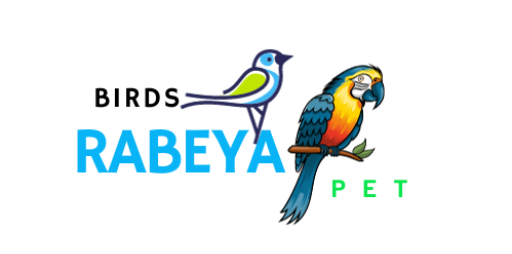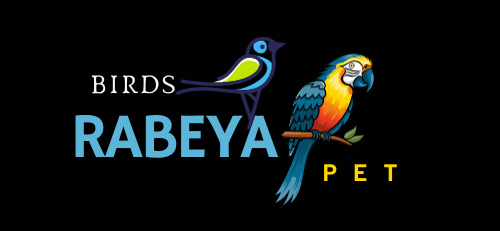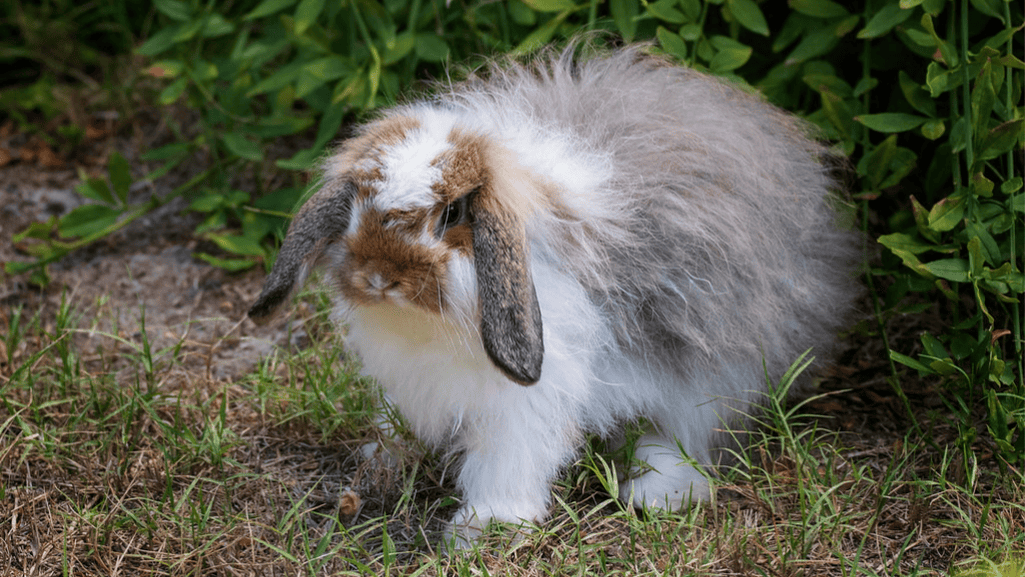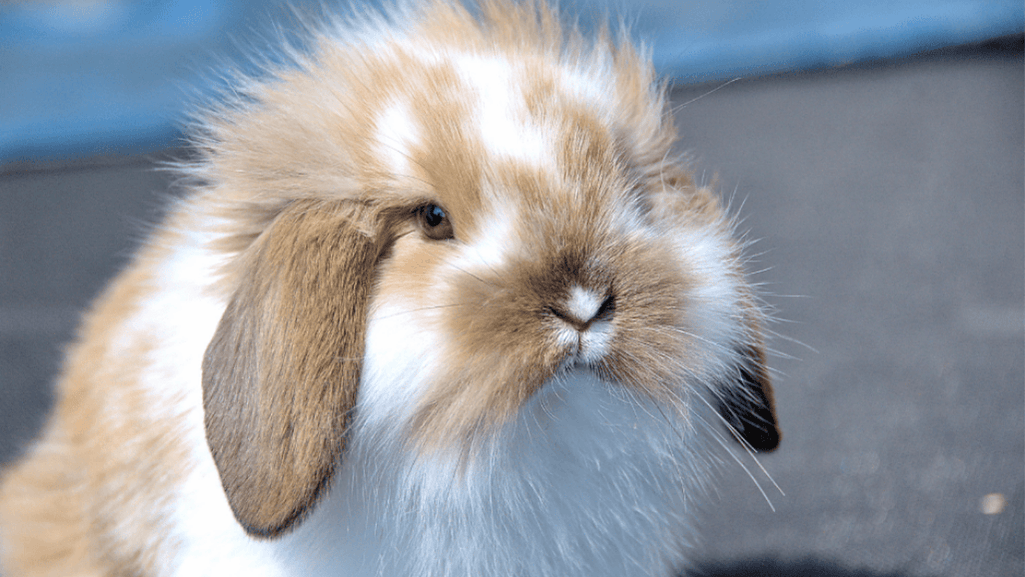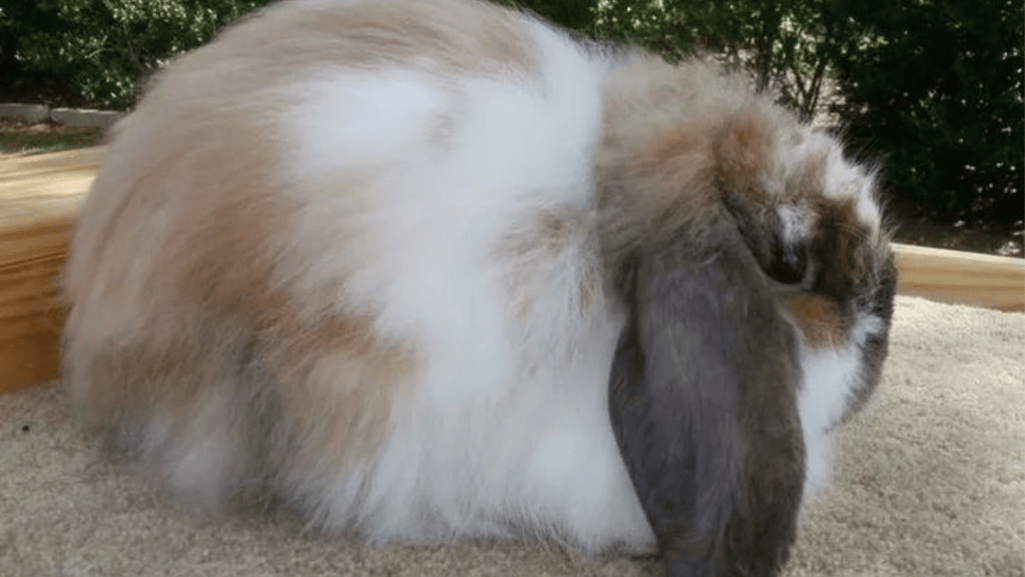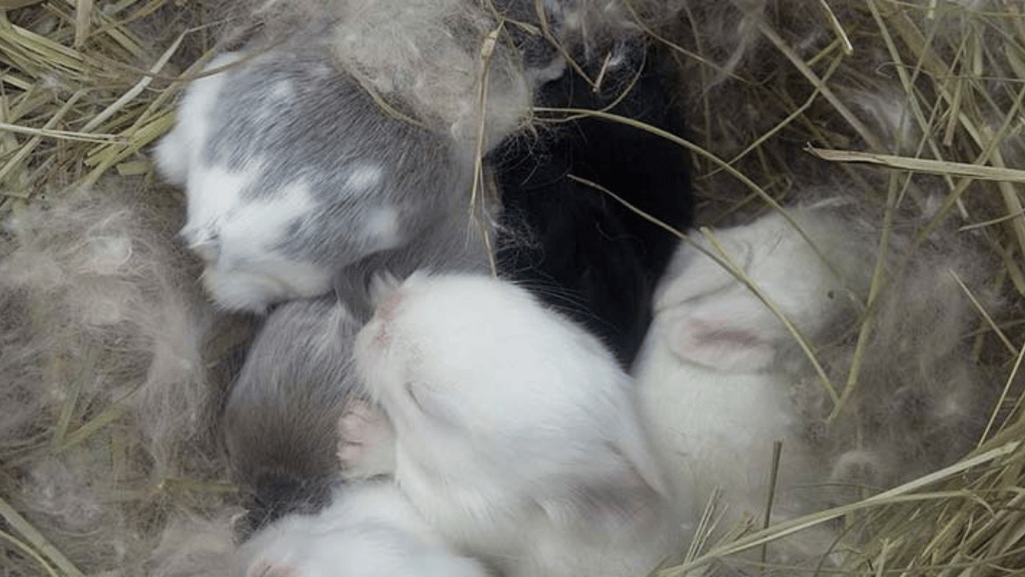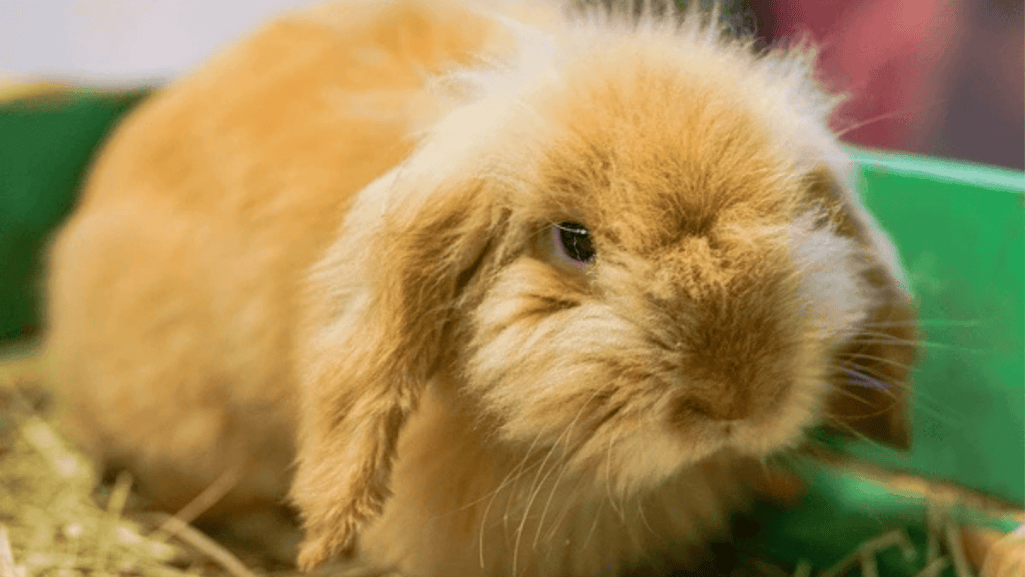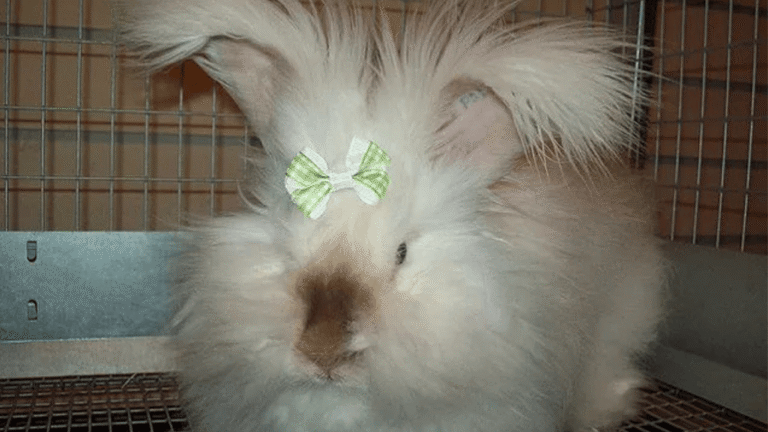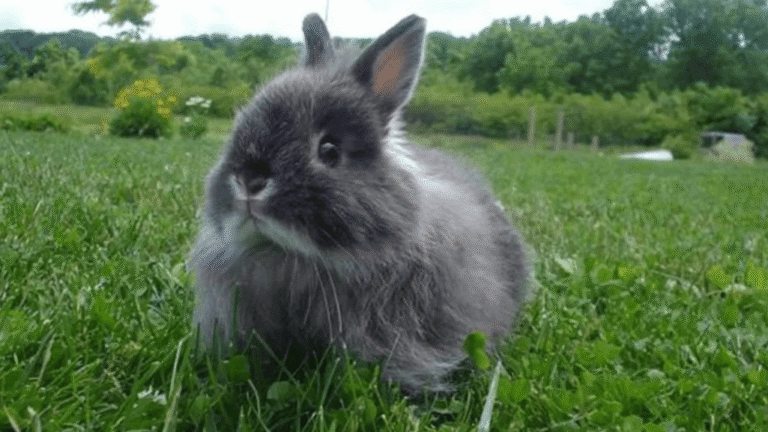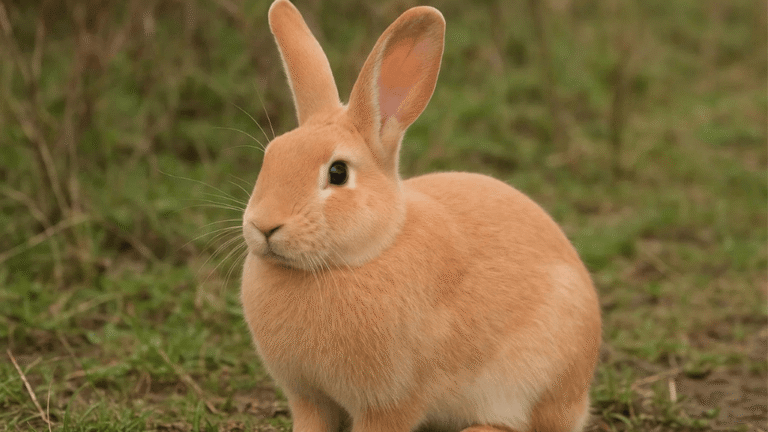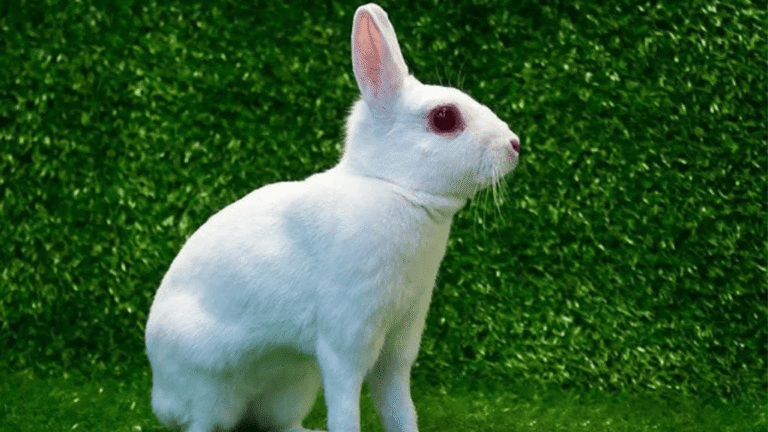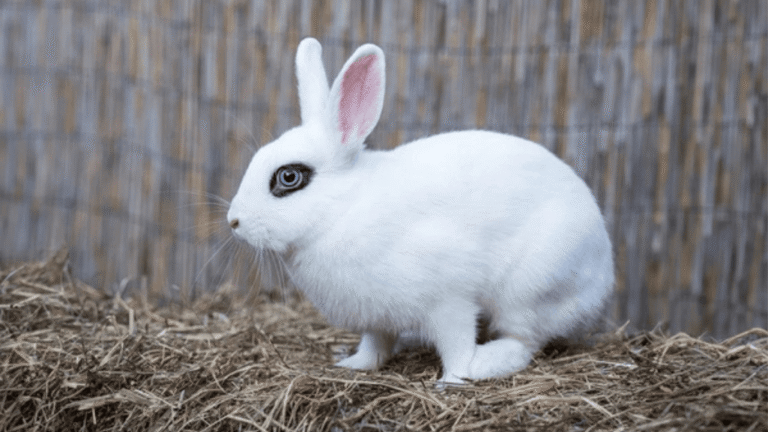The American Fuzzy Lop Rabbit is a small, wool-coated lop kept as pets across the United States. With a compact, muscular body and a short, cat-like muzzle, this breed blends the sweet looks of lops with Angora-like wool. It usually weighs about 3–4 lb, making it ideal for families who want a gentle companion.
These animals are active and social. They enjoy toys like plastic balls, pine cones, or a soft sock, and they respond well to daily interaction and gentle handling. Their wool sets them apart from short-coated lops and means grooming is part of regular care.
Expect a variety of colors and patterns, from solid shades to broken patterns and agouti tones such as chestnut and opal. Responsible owners should plan for housing, diet, safe flooring for wool, and routine health checks to keep the pet calm and healthy.
Key Takeaways
- Small, wool-coated breed with a friendly personality and compact build.
- Distinctive Angora-like wool requires regular grooming and care.
- Ideal weight is about 3–4 lb; needs daily social time and enrichment.
- Comes in many colors and patterns, including agouti varieties.
- Successful care focuses on gentle handling, safe space, and routine health checks.
Breed Snapshot: Size, Wool, Colors, and Personality
This breed blends a wooly coat with classic lop features for a compact, engaging companion.
Size and body. Adults typically weigh 3–4 lbs, with an ideal around 3.5 lb. The short, deep body and wide head create the signature silhouette. Lop ears and a flat, cat-like muzzle finish the look.
Why they look “dwarf.” Despite a sturdy, muscular frame, the overall size is petite. That low weight and tidy proportions make the animal easy to handle in most homes.
Coat and grooming. The wool is dense and Angora-like but shorter than commercial Angora. It needs more grooming than short-haired lop varieties to prevent mats and fur ingestion.
- Color range: solids and broken patterns.
- Agouti group: chestnut, squirrel, chinchilla, lynx, opal.
- White types: REW, BEW, and pointed white varieties.
“A wool gene entered the holland lop lines via Angora crosses, creating the wooly pet we know today.”
Lineage and personality. Crosses with English Spot added broken color; later French Angora introduced the recessive wool gene. The result is an active, playful, social animal that thrives on interaction and enrichment.
Show and living note: ARBA recognizes the breed with a 4-pound show maximum. Small size works well for apartments, but the compact body still needs daily space to run and jump.
Setting Up the Ideal Habitat and Cage for Fuzzy Lops
Designing the right enclosure means balancing vertical clearance, solid flooring, and cozy hideaways. A good habitat keeps your pet safe, dry, and able to move freely. Prioritize space and ventilation so the animal can stand without its ears touching the roof.
Space, ventilation, and height
Place the cage where airflow is steady but draft-free. Make sure the roof is tall enough for a lop to stand upright without ears hitting the top. This promotes comfort and long-term health.
Safe flooring and why wire bottoms fail
Use solid, non-slip floors or a covered base to protect wool and fur. Wire-bottom cages can snag wool, damage feet, and limit natural movement. Choose surfaces that allow hopping and stretching.
Litter and bedding
Set a separate toilet tray lined with shredded newspaper or non-clumping litter to encourage good habits. For bedding, use dust-free straw or hay so the rabbit can burrow without respiratory irritation.
Enrichment and hideaways
Include secure hideouts and tunnels to reduce stress and match prey instincts. Rotate chew-safe toys—plastic balls, pine cones, soft wood, or a stuffed sock—so fuzzy lops stay curious and active.
“Roomy, well-ventilated housing with soft bedding and daily playtime supports both comfort and health.”
- Daily exercise: provide free-roam or a secure pen for sprinting and exploring.
- Placement: keep the cage away from direct sun, extreme temperatures, and predators.
- Care tip: learn more about compatible breeds and housing ideas at French lop breeds.
Diet and Digestive System: Hay First, Pellets Right, Greens as Treats
Good nutrition keeps the digestive system moving and prevents common gut problems in small lops. Center every feeding plan on unlimited grass hay to support steady gut motility, dental wear, and overall health.
Dry roughage: Offer timothy, orchard, or meadow hay freely. Rotate varieties to keep interest high and to maintain fiber intake that powers a healthy digestive system.
Concentrates: Use a plain, high-fiber pellet without seeds or colored bits. Measure daily portions so pellets supplement—not replace—hay for the american fuzzy lop.
Succulents: Give leafy greens and vegetables as small treats. Introduce one green at a time and monitor droppings; excess succulents can cause gas or diarrhea in a fuzzy lop.
Water & coprophagy: Keep fresh water available and clean. Rabbits produce soft cecotropes and reingest them to reclaim nutrients—this is vital to a functioning digestive system.
“Observe appetite and droppings daily; any change in hay intake or stool size can signal a slowdown and needs prompt care.”
- Adjust pellets by body condition and activity to avoid weight gain.
- Check water flow daily to make sure hydration supports digestion.
- Watch for tiny, dry droppings or reluctance to eat; contact a vet if seen.
American Fuzzy Lop Rabbit Care Checklist
Use a daily checklist to spot small changes before they become serious health issues. A short routine keeps coat, digestion, and behavior stable in this wool-bearing pet.
Handling and socialization
Approach slowly and speak softly. Support the chest and hindquarters so all four feet stay supported. Never lift by the ears.
Get down to their level to reduce fear. A towel lightly covering the eyes can calm without blocking breathing.
Daily grooming for wool
Brush near-daily with a wide-tooth comb and slicker brush to remove loose fur and prevent mats. Focus on the tail, belly, and armpits where tangles form fastest.
Trim stubborn mats carefully and remove loose fur to lower the risk of GI stasis from ingested hair.
Health watch
Weigh the pet weekly and note steady weight in lbs. Check teeth wear, clear eyes, and clean ears.
Monitor droppings: fewer, smaller, or soft stools and reduced appetite are red flags. Seek vet care for lethargy, tooth grinding, or hunched posture.
Travel and time away
For short absences, use a familiar sitter. For longer trips, board with a rabbit-savvy clinic or pro.
If you must travel together, acclimate the animal to a secure carrier and short car rides first. Bring its usual bedding, hay, and water to lower stress.
“Keep routine simple, check weight and droppings, and groom often—small steps prevent big problems.”
- Daily: gentle handling, quick brush, check food and water.
- Weekly: weigh and inspect teeth, ears, and coat for mats.
- Plan: sitter or boarding options; learn more from a rabbit care guide or review related rabbit breeds for housing tips.
Conclusion
, A few reliable routines will protect coat, digestion, and overall wellbeing. The american fuzzy lop combines holland lop type with Angora-like wool and a playful, social nature.
Care centers on three pillars: safe housing with solid flooring and space, a hay-first diet that supports the digestive system and coprophagy, and regular grooming to prevent mats and hair ingestion.
Watch weight and provide daily enrichment to match this breed’s active temperament. For more detailed care tips and lifespan notes, see this guide on american fuzzy lop rabbit care.
With steady routines and gentle handling, a fuzzy lop makes a compact, long-term companion in many homes.
